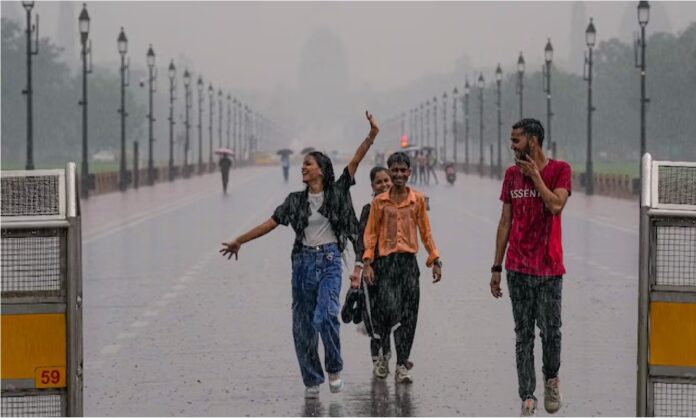Delhi experienced its cleanest air quality of the year on Friday, following record rainfall in September. The city recorded an Air Quality Index (AQI) of 52, which sits between the “good” and “satisfactory” categories.
Faridabad reported a 24-hour average AQI of 24, while Ghaziabad and Noida recorded AQIs of 34 and 46, respectively, all classified as “good.”
Other cities in the region also saw low AQI levels, with Gurugram at 69, Bulandshahr at 21, Meerut at 28, and Muzaffarnagar at 29.
This marked improvement is due to a combination of depression activity and an active monsoon trough, leading to heavy rainfall across Delhi NCR. The rain effectively washed away pollutants, while wind speeds of 30-40 km/h helped disperse any remaining contaminants.
Delhi surpassed its annual and seasonal average rainfall early in September, exceeding the 1,000 mm mark. On Friday, Palam recorded 54 mm of rain, and Safdarjung reported 30.9 mm in just three hours, from 2:30 to 5:30 pm, according to PTI.
The city also surpassed its monthly average rainfall, with 125.8 mm recorded in September, 55% higher than the usual amount. In contrast, September 2023 saw below-average rainfall, recording only 82.7 mm, 33% less than normal.
Rainfall between 64.5 mm and 115.5 mm is considered “heavy,” between 115.6 mm and 204.4 mm is “very heavy,” and above 204.5 mm is “extremely heavy.”
The AQI scale ranges from “good” (0-50) to “severe” (401-500), with “satisfactory” (51-100) indicating minimal or no risk to health.


